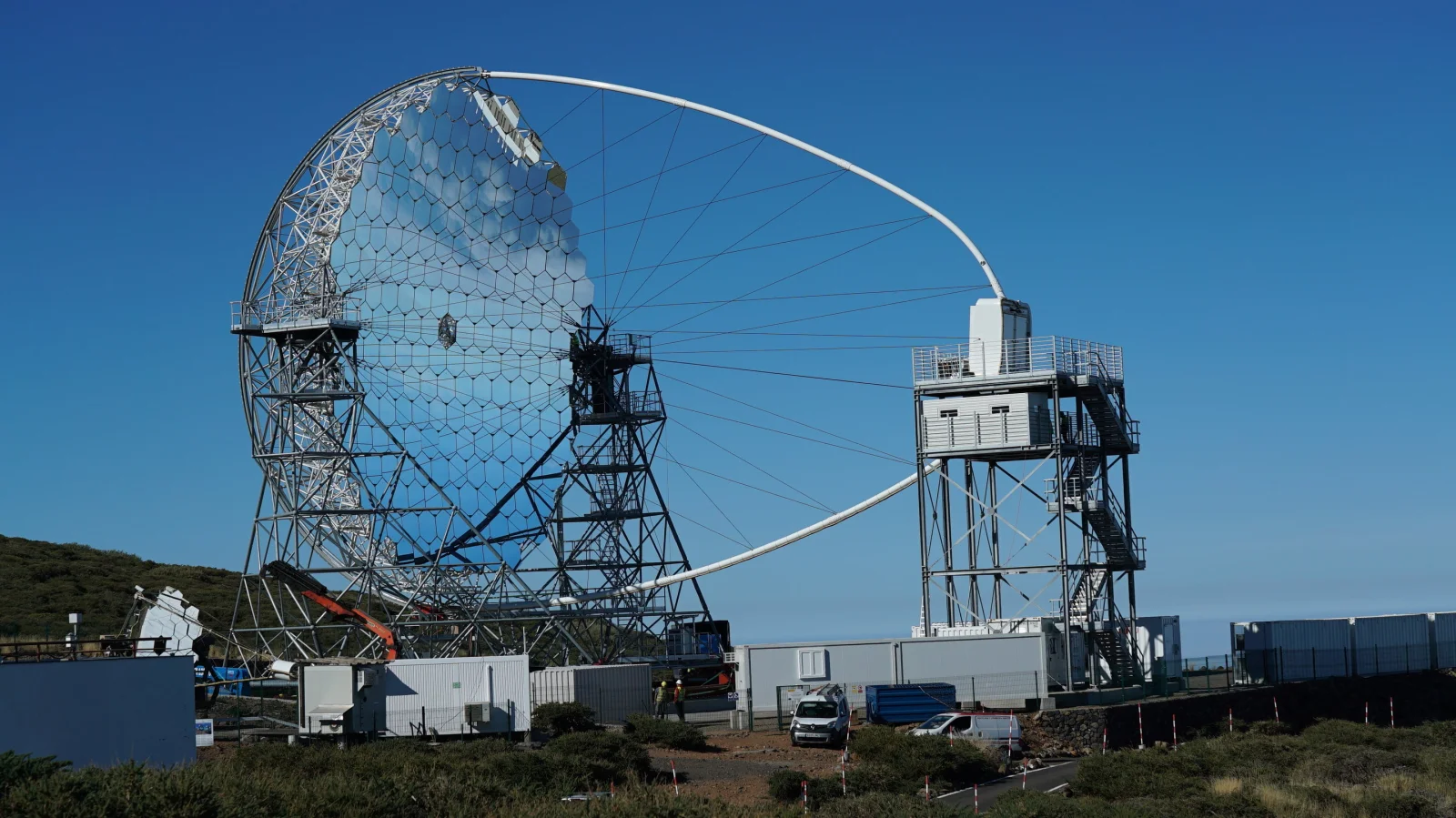Ground Instrumentation
CTA


Network of telescopes that will study the Universe in very high-energy gamma rays using Cherenkov radiation

CTA (Cherenkov Telescope Array) is a state-of-the-art ground-based observatory designed to detect high-energy gamma rays. With up to 100 telescopes located in the northern and southern hemispheres, when completed CTA will be the world's largest and most sensitive very-high-energy gamma-ray observatory.
While the northern hemisphere array will have more limited dimensions and focus on the low and medium energy ranges from 20 GeV to 20 TeV, the southern hemisphere array will cover the entire energy range of CTA, with gamma-ray energies from 20 GeV to 300 TeV. The northern site is located at the Roque de los Muchachos Observatory on La Palma in the Canary Islands and will be devoted primarily to extragalactic science. The southern array site, located at the European Southern Observatory (ESO), Chile, will also carry out observations in the galactic plane.
Three classes of telescopes will be distributed in the northern and southern hemisphere according to their sensitivity: the Small-Sized Telescope (SST), the Medium-Sized Telescope (MST), and the Large-Sized Telescope (LST). Designed to be the most sensitive to detect very-high-energy gamma rays, the SSTs are best suited to the southern site, while the MSTs and LSTs will be installed at both sites.
Acknowledgements: This work was (partially) supported by the Spanish MICIN/AEI/10.13039/501100011033 and by "ERDF A way of making Europe" by the European Union through grant PID2019-107847RB-C42 (AEI / 10.13039/501100011033 / MINECO/FEDER, EU).
THE IEEC CONTRIBUTION
The IEEC is an active participant in CTA, having been involved from the beginning, both in the definition of the scientific objectives and in the development and construction of the observatory. One of the Institute's groups has a leading role in the design and construction of the camera electronics for the prototype of the first Large Telescope (LST1) and has contributed to the definition of CTA's Key Science Programme for transient phenomena.
Another IEEC group contributes to the development of the control layer software for the cameras and telescopes of the LSTs, and is heavily involved in the development of the 'Scheduler' software for the observatory's long- and short-term planning.
Finally, another IEEC group coordinates the CTA Central Calibration Facility project, is responsible for atmospheric monitoring, and contributes to the development of Raman LIDAR for CTA.
TEAM
With the support of


